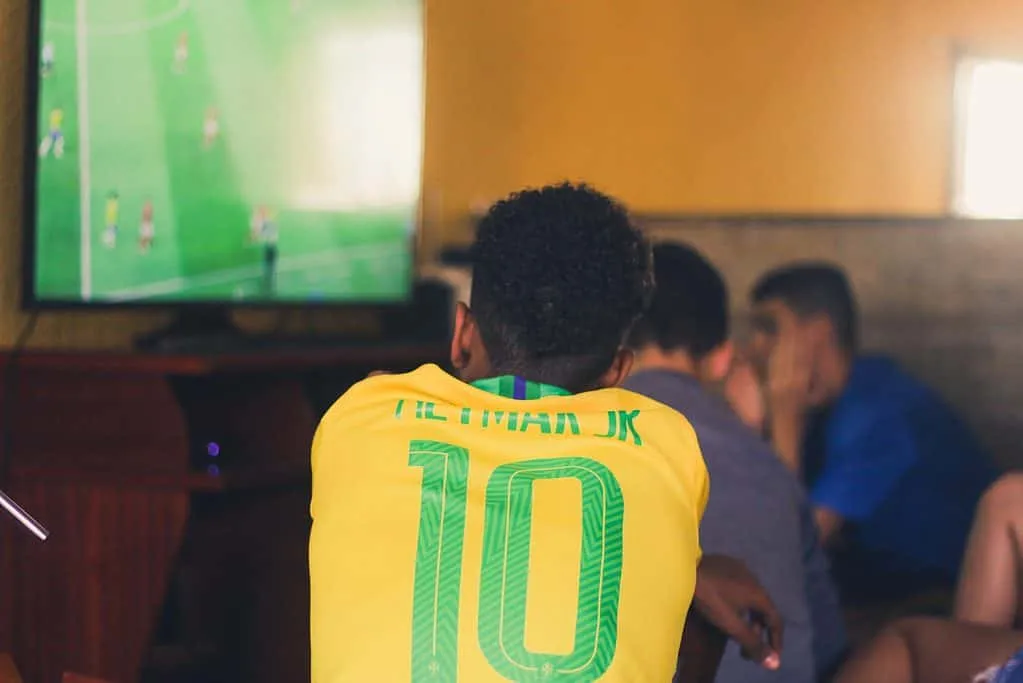As a soccer coach, one of the most important things you can teach your players is the significance of soccer position numbers. The numbering system used in soccer is essential for players to understand their role on the field and work together as a team.
It can be difficult for soccer fans and coaches to make sense of the position and player numbers used in the sport. This puzzlement is because a player’s position on the field may not necessarily correspond to the number on the back of their jersey.
In modern soccer, a player’s position and jersey number rarely coincide. We’ve compiled this guide to help you make sense of the different positions and numbers used in soccer and the significance of those numbers in various formations.
The Role of Soccer Position Numbers
Understanding soccer positions and their corresponding numbers are key to developing a successful team. There are many soccer positions, but the most common are goalkeeper, defender, midfielder, and striker.
Your team’s formation will determine how many players are assigned to each position on the field. For example, the 4-4-2 formation has four defenders, four midfielders, and two forwards.
A midfielder is a position player responsible for offense and defense. The central midfielder controls the game and frequently links the defense and attackers.
A defensive midfielder protects the backline and disrupts the opposing team’s attacks. Wingers are midfielders who play on the right and left sides of the field and are responsible for crossing the ball into the box for the forwards to score goals.
Understanding your role as a midfielder is crucial for a successful team, and knowing your soccer position number will help you identify it.
What Each Soccer Position Number Means
The soccer position numbering system is used to assign roles to each player on the field.
The goalkeeper, for example, wears the number 1 jersey and is the last line of defense, responsible for stopping the ball from entering the net.
Defenders wear numbers 2-6 and are responsible for defending their team’s goal. The sweeper, who wears the number 5 jersey, plays a more defensive position and is a backup to the other defenders.
The striker, also known as the center forward, wears the number 9 jersey and is responsible for scoring goals. Forwards, who wear numbers 7 and 11, play on the right and left sides of the field and are responsible for creating opportunities to score.
The number 10 jersey is typically worn by an attacking midfielder, who plays in the middle of the field and is responsible for creating scoring chances.

Understanding each soccer position number will help you determine your position and role.
In soccer, there exist 11 distinct positions comprising of one goalkeeper and ten outfield players. Typically, the most popular alignment of these positions on a soccer field involves three forwards, three midfielders, and four defenders.
Here are the 11 positions in a soccer formation:
- Goalkeeper
- Right full-back (or wingback)
- Left full-back (or wingback)
- Center-back
- Center-back (or sweeper)
- Defensive midfielder
- Right midfielder (or winger)
- Center midfielder
- Center forward (or striker)
- Attacking midfielder (or center forward)
- Left midfielder (or winger)
As a soccer player, it’s essential to understand the soccer position numbering system and what each position means. Knowing your role and position on the field is key to playing effectively, whether you’re a midfielder, defender, or forward.
Different formations require different positions, so understanding your team’s formation and the role you need to fulfill is essential for success.
Always remember that the best soccer players work as a team, with each player understanding and performing their assigned role. Therefore, master your position, play intelligently, and keep the ball at your feet.